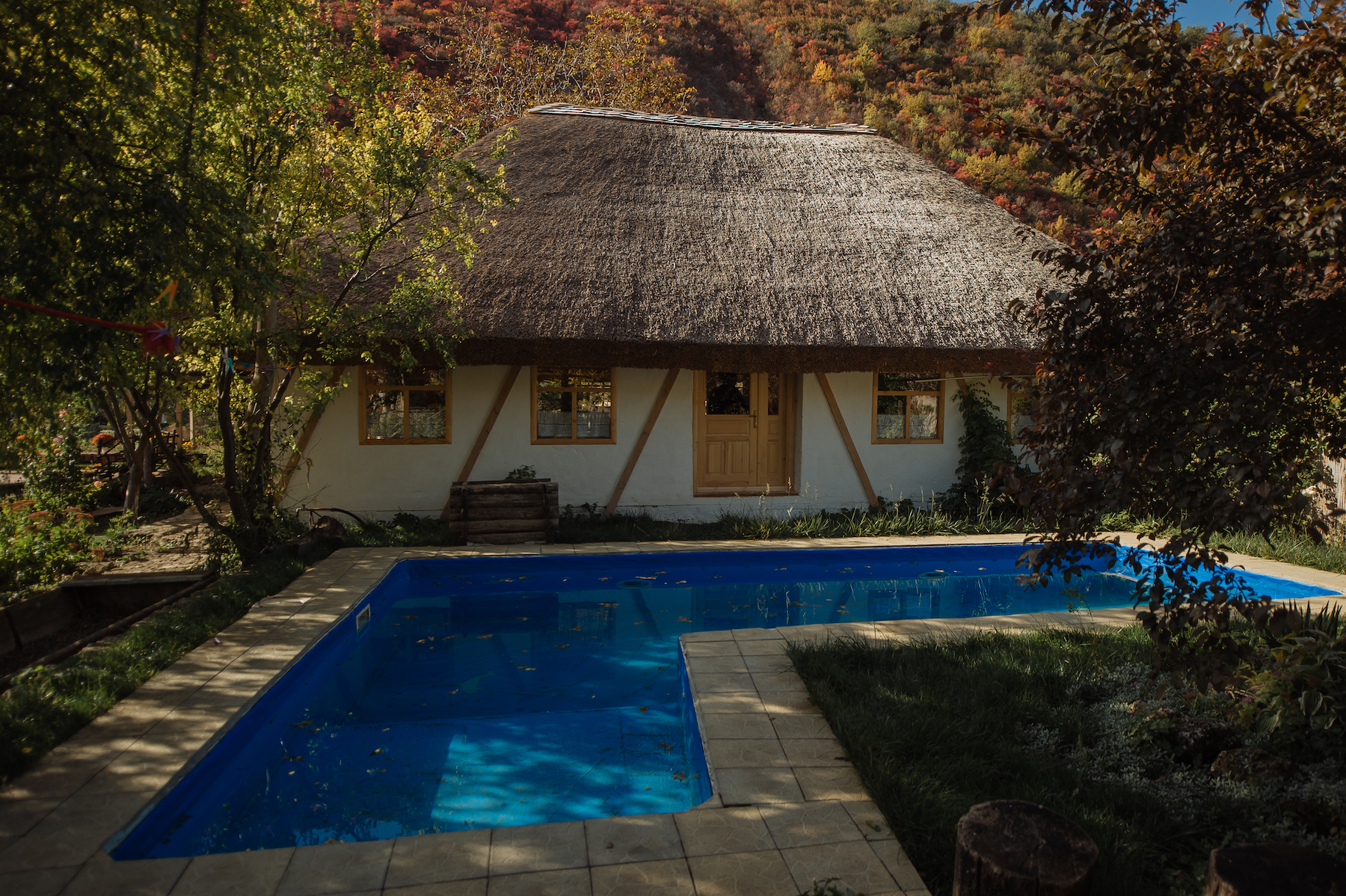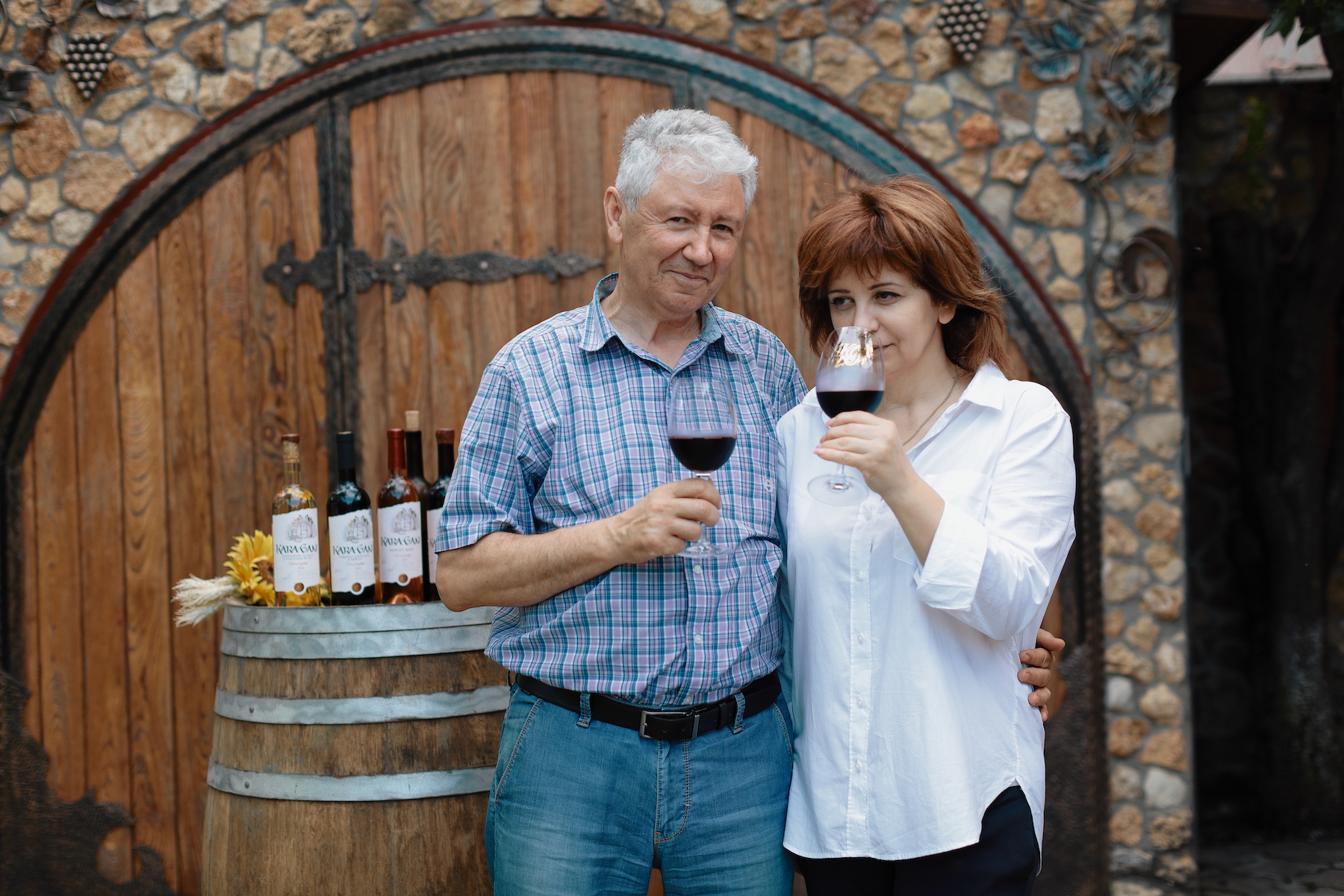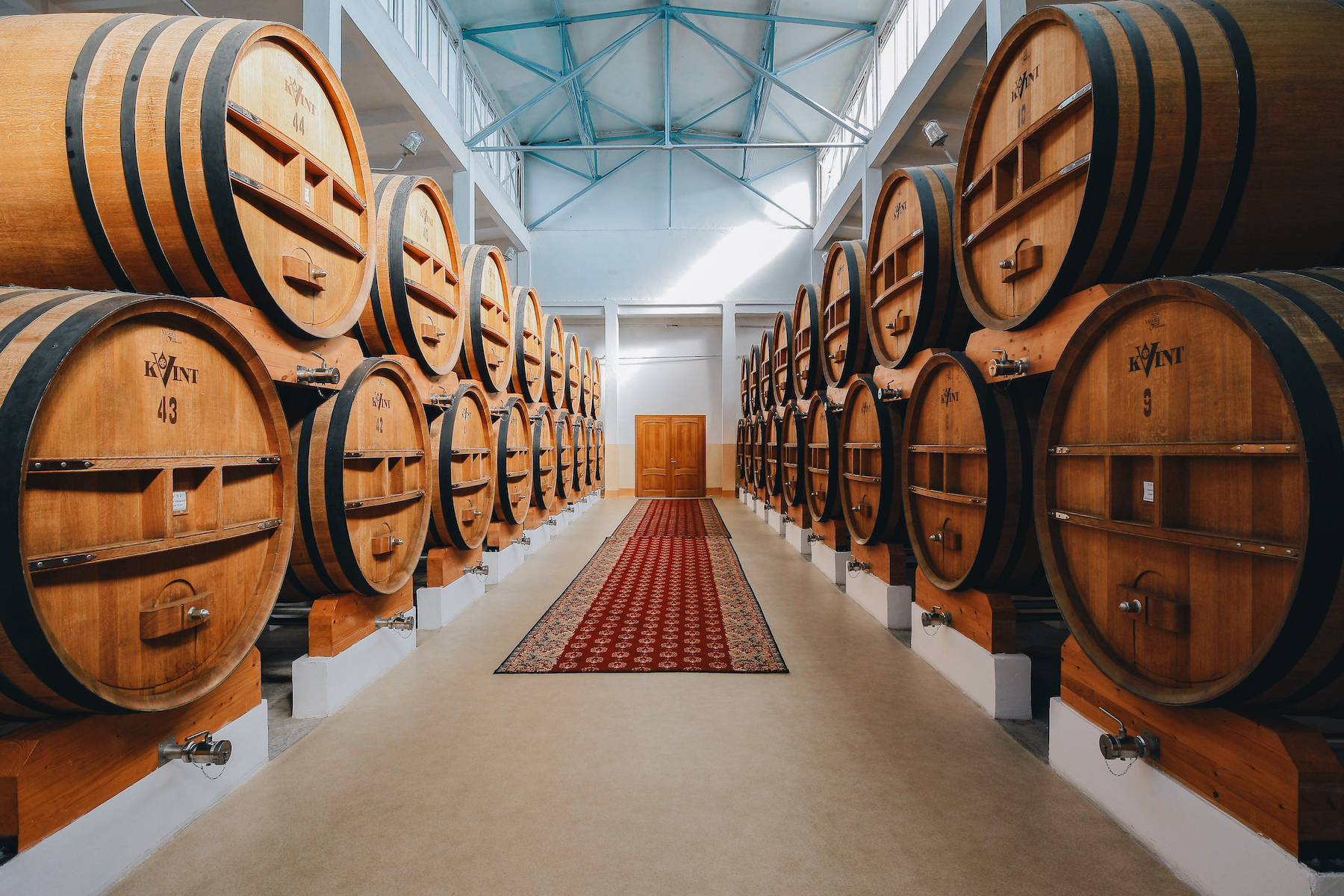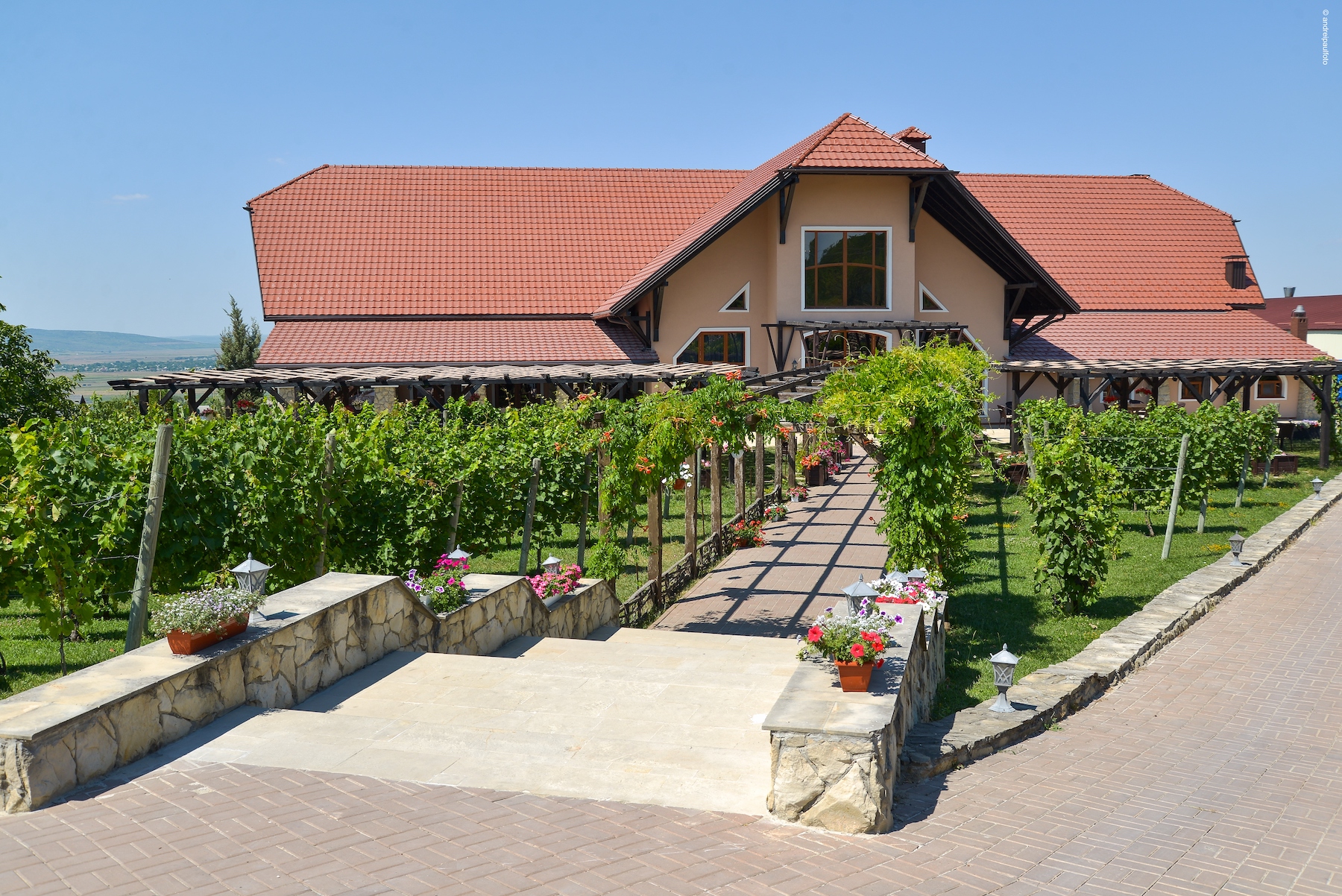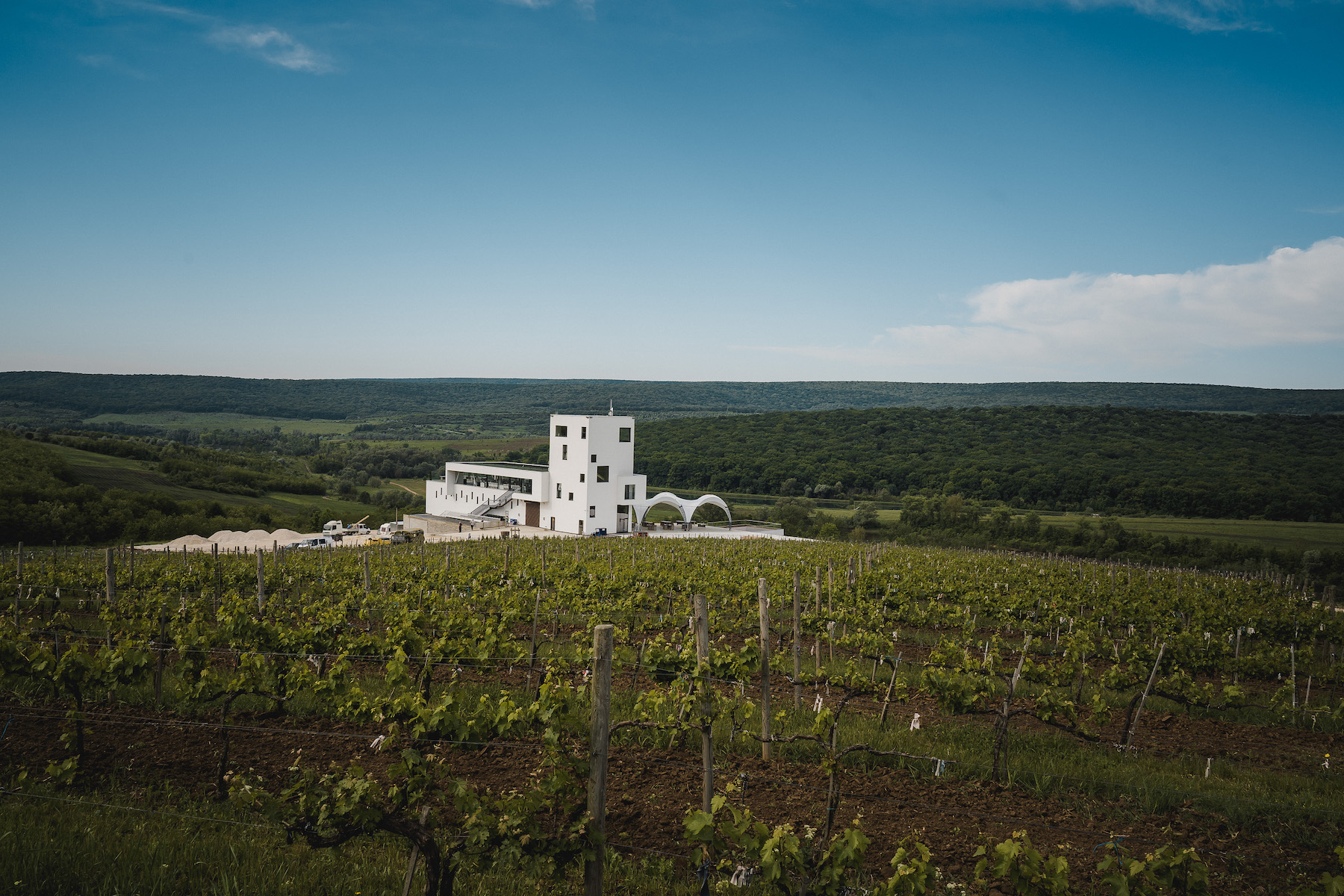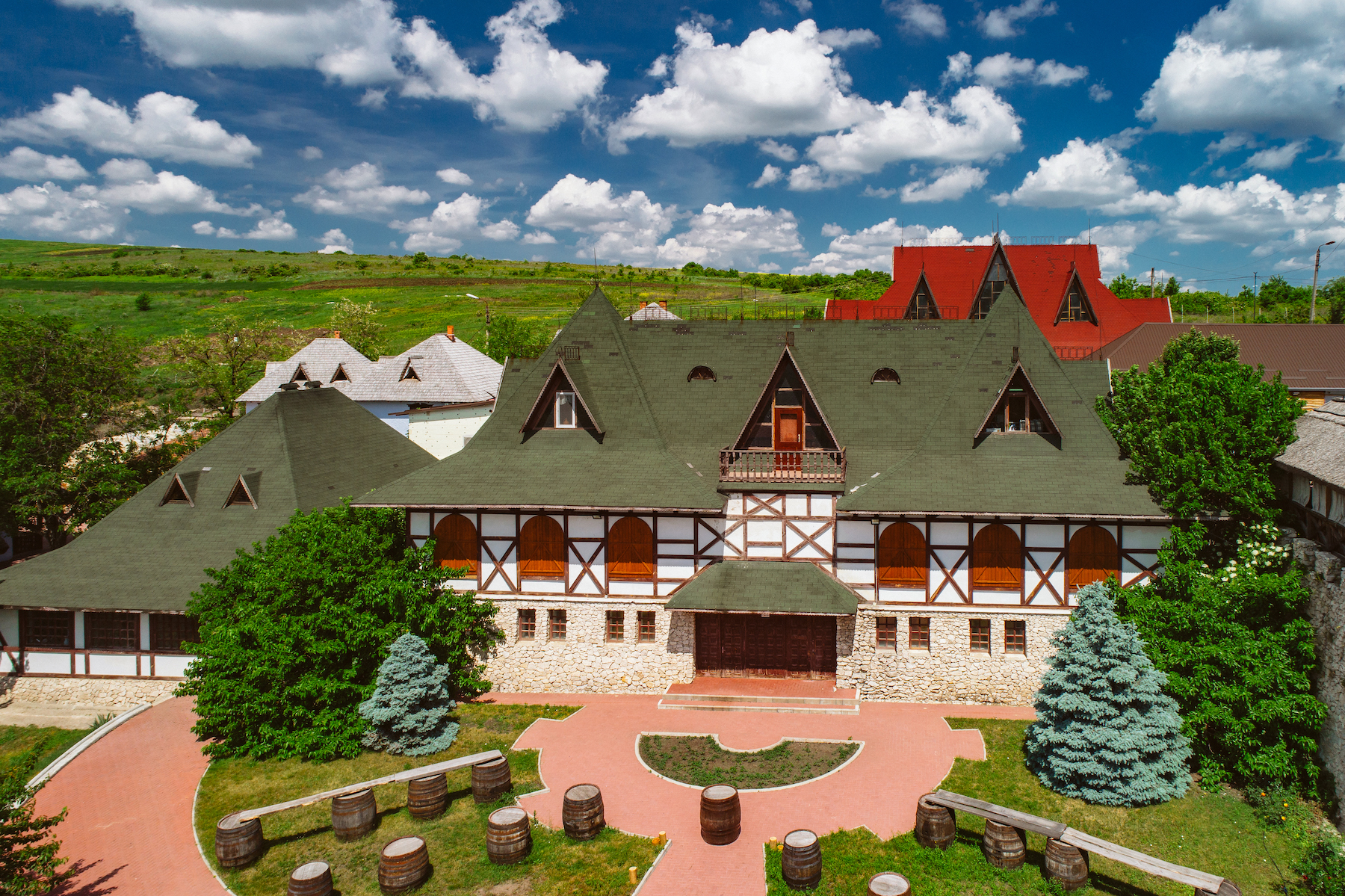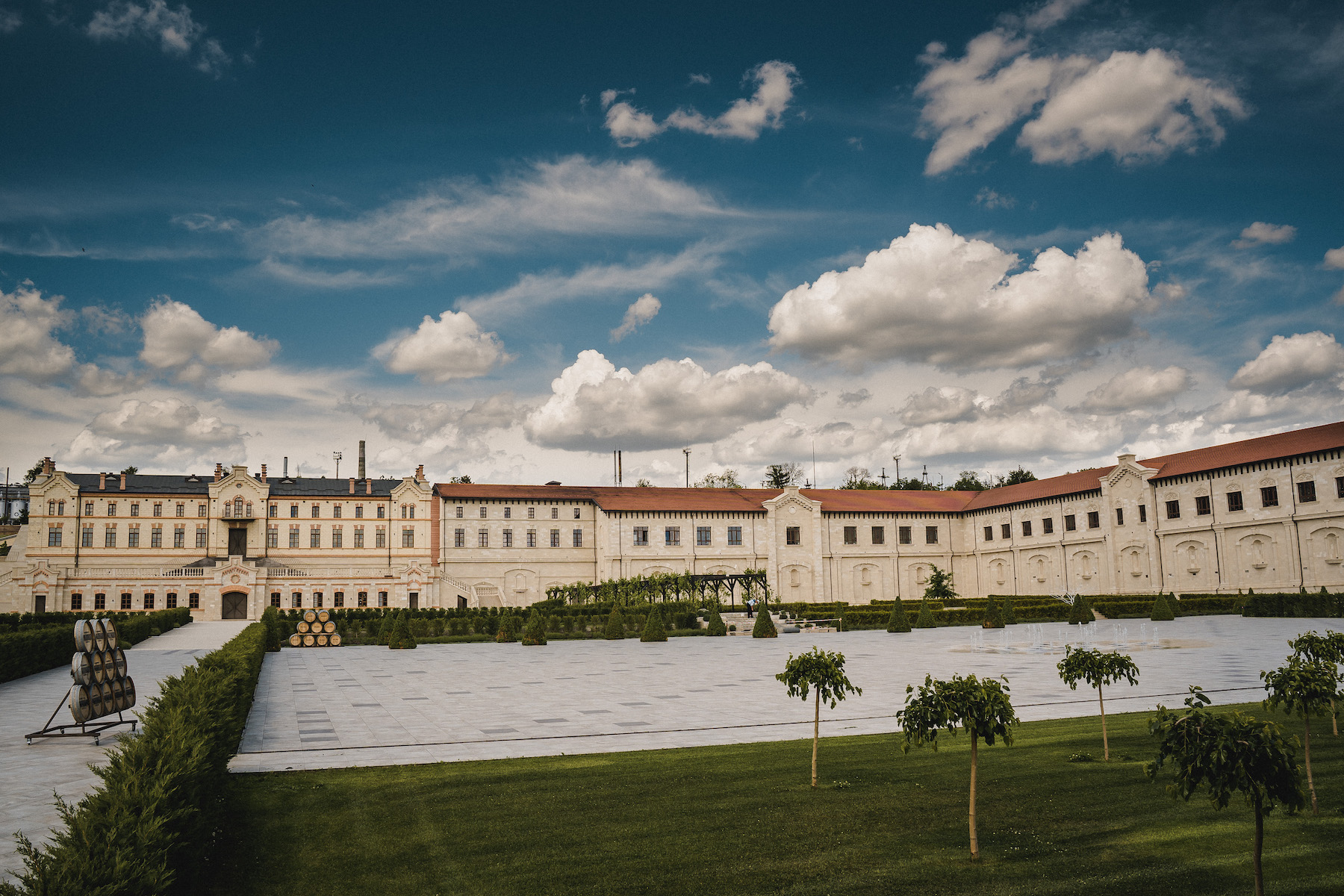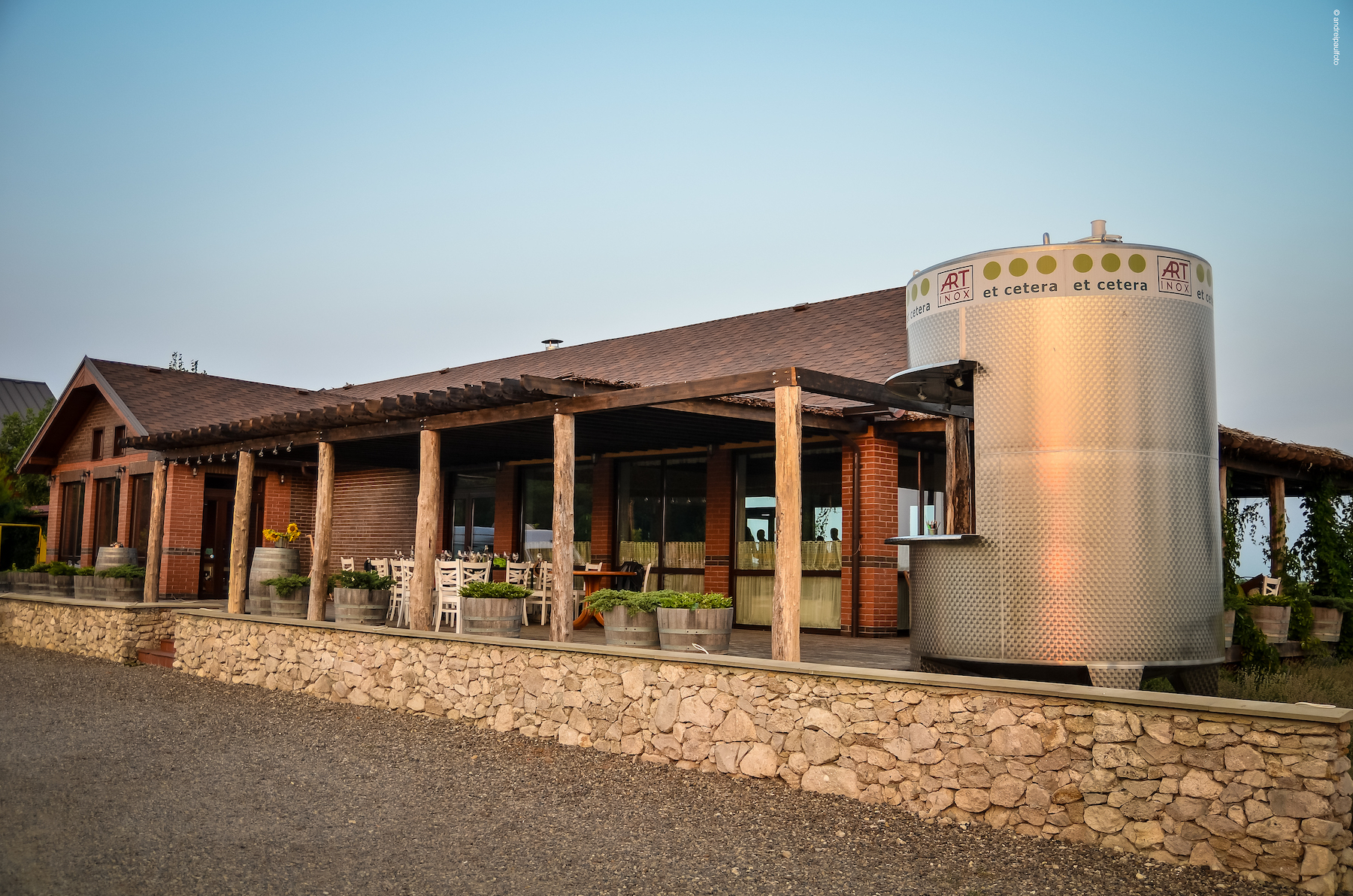The Benzin family created the first rural guesthouse in rural Moldova, which they dubbed Casa Din Lunca. In addition to good food, you will find a pool and children’s playground. If you want to do more than just relax, there are bicycle trails near the guesthouse. To top off a great day, try a sunset boat ride on the Raut River.
Casa din luncă
Eco-Resort Butuceni
If you don’t have time to visit all of Moldova, but want to get a feel for what life is like in much of the country, try Eco-Resort Butuceni. All of its cottages are made of natural materials. Lucky guests can even sleep on a lijanca — a toasty bed that is an extension of a stove. Be ready for the Butuceni staff to put you to work. You will feed the animals, milk the cow, collect eggs from the henhouse, and perform other tasks that capture the charm of country living.
You can also attend cooking workshops. In one of them you will knead dough and make bread with your own hands. Food at Butuceni is phenomenal, and local music and dance add spice to the menu. If you’re an outdoorsy type, you can climb the Orheiul Vechi rocks. And in the evening you can relax in the guesthouse spa. If you come at Christmas, you can ride a horse-drawn sleigh and listen to traditional carols.
Kara Gani Winery
Vulcanesti is a place where many ethnic groups live side by side, offering visitors a view of a tapestry of cultures. One of those ethnic groups is the Gagauz, who put great food on their tables, along with good will, hospitality, generosity, and noisiness. The Kara Gani winery will serve up all of these, plus a good glass of wine. Some visitors prefer rosé, others grape brandy. You’re sure to find one you like. And Gagauz food? Everything they serve is yummy. This includes cheese made from sheep’s milk; pide, a pie containing cow’s cheese; gozleme, a pie filled with a mix of cow’s and sheep’s cheese; shorpa, a spicy lamb soup; mangia, a tomato and pepper stew that can include chicken; and bulgur — or wheat — with sheep’s offal.
Kvint Winery & Distiliry
So you like wine, and want to experience Moldova’s world-class vintages, but you also want to try something more potent. Along with wine, the Kvint factory in Tiraspol is famed for the brandy it has produced since 1897. The company ages some of its 10 million liters of brandy for 60 years. As this seasoning is going on, its experts are experimenting with new formulas. Kvint produces up to 40 million bottles of alcoholic beverages a year, including more than 30 brands of brandy that are aged between three and 60 years. At Kvint you will not only see how brandy is made, but — the best part — participate in a tasting. Don’t miss the chance to see one of the world’s finest drinks being created in one of Europe’s oldest factories. Did we convince you to put Kvint on your must-see list?
Chateau Vartely
The Orhei area’s main claim to fame is that over the centuries it has been home to several fortresses. In fact, Orhei is Hungarian for “place of the fortress.” Chateau Vartely’s owners wanted a winery name that reflected the area’s fortress heritage. So they chose Vartely, the Moldovan term for “place of the fortress.” Just 45 kilometers from Chisinau, Château Vartely boasts impressive architecture and sits on a hill with a breathtaking view.
A courtyard sprinkled with wine-making relics is the perfect setting for savoring a cold glass of wine on a hot day. The winery also has an excellent restaurant. If you want to prolong your visit, then stay overnight. Chateau Vartely put some thought into the lodging. There are three types, one representing the homes found in the north, another the homes in central Moldova, and the third the homes you see in the south. If you want to experience the charms of homes in all three regions, then stay for three nights, each in a different type of design.
Poiana Winery
If you wanted the perfect vineyard setting for a movie, you need look no further than the Poiana Winery. And in fact, a famous film was made here — Romanian-born director Emil Loteanu’s 1976 epic about gypsies, “O Șatră Urcă în Cer.”. It doesn’t get any better than sipping on an extraordinary glass of wine while taking in the magnificent views of Poiana, which is in the heart of a forested area. Many wineries contend their products are world-class, but Poiana can prove it. Its vintages have won many international competitions. One reason may be that it grows, harvests and processes its grapes in a traditional organic way. The picking is done by hand with much love and care. Hard work, but worth it. As you might guess, the Poiana’s food is as exceptional as its wine. Rather than going on and on it, we’ll let you come see for yourself.
Asconi Winery
If you want a culinary destination that’s in a lovely country setting, but not hours away from the city, consider the Asconi Winery, less than 30 minutes’ drive from Chisinau. Its traditional gastronomic attractions included grilled eggplant salad, baked pepper stew, cowpeas and pies to die for, filled with potatoes, cabbage or cheese. There’s also chicken soup with homemade noodles, with sprinklings of the parsley-type plant called lovage and sour cream, and homemade borscht, or beet soup. Guests can wash these delights down with a Sol Negru Merlot, Cabernet Sauvignon or a rosé. To get the most out of your Asconi chill-out, prolong it by staying in its quaint cottages from Friday afternoon to Sunday evening. Before you leave, try Ice Wine and a piece of apple or sour-cherry pie. Delish!
Castel Mimi Winery
Castel Mimi’s name comes from the imposing castle that one of Moldova’s larger-than-life figures, Constantin Mimi, built on his wine-growing estate. Mimi, the last governor of Bessarabia and the head of Romania’s central bank, played a major role in Moldova becoming a world-class wine producer. He actually learned his craft for years from wine masters in France.
Restored after more than a century, the castle is a symbol of Moldovan ingenuity, grit and hard work — because Mimi faced many obstacles in achieving his wine-growing success. The current estate owners have preserved the history and traditions that Mimi started. You can see the castle’s magnificence up-close by touring its scores of rooms.
If you’ve worked up an appetite, you’ll find fabulous lunch and dinner selections at the Bufnita Alba Restaurant. And to keep your enjoyment going, stay at the winery hotel. The restaurant offers what the management calls retro-modern fare. This means the food is based on traditional recipes, with care taken to preserve the flavor that grandmother put into her creations, but the place settings and ambience are modern.
The Bufnita Alba gets all of its vegetables from the castle garden or nearby farms. In addition to these pristine vegetables and scrumptious entrees, the menu includes incredible pâtés, sausages and cheese spreads.
The desserts are a delight as well. One is baba neagra, a soft, warm, black cake served with cream and homemade green walnut liqueur that you won’t soon forget. A lot of groups hold events such as birthdays and weddings at the Castel Mimi these days, so you would be well advised to book your castle tour, lunch or dinner, and hotel stay in advance.
Et Cetera
The Et Cetera winery is a slice of Moldova that is so enchanting that it is easy to feel like you’re in another world. The oasis that the Luchianov family created at Crocmaz features breathtaking views, postcard-perfect vineyards, peach orchards, fragrant lavender fields, a small but fancy winery, a mouth-watering restaurant and an exquisite hotel with swimming pool. Nina Luchianov, the mother of the winery’s owners, Igor and Alexander Luchianov, helps ensure that the food is exquisite. As an example, she hand-makes the pastry that goes into the restaurant’s famed Bride’s Pie, ensuring that it is tender and has the perfect buttery taste to complement the cow’s cheese or onion and potato filling.
One of Et Cetera’s specialties is rabbit. You can get it cooked with potatoes in a pot or you can try the tangy rabbit liver pate. The Luchianovs grow a lot of the vegetables they serve to guests in their own garden. If you visit Et Cetera in August, jump on a bicycle and pedal over to the peach orchard to eat your fill of the succulent fruit. Coming in October means you can participate in the grape harvest. Not only will the Luchianovs let you pick grapes, but you can also crush them with your own feet, observing a wine-making tradition that goes back thousands of years.
